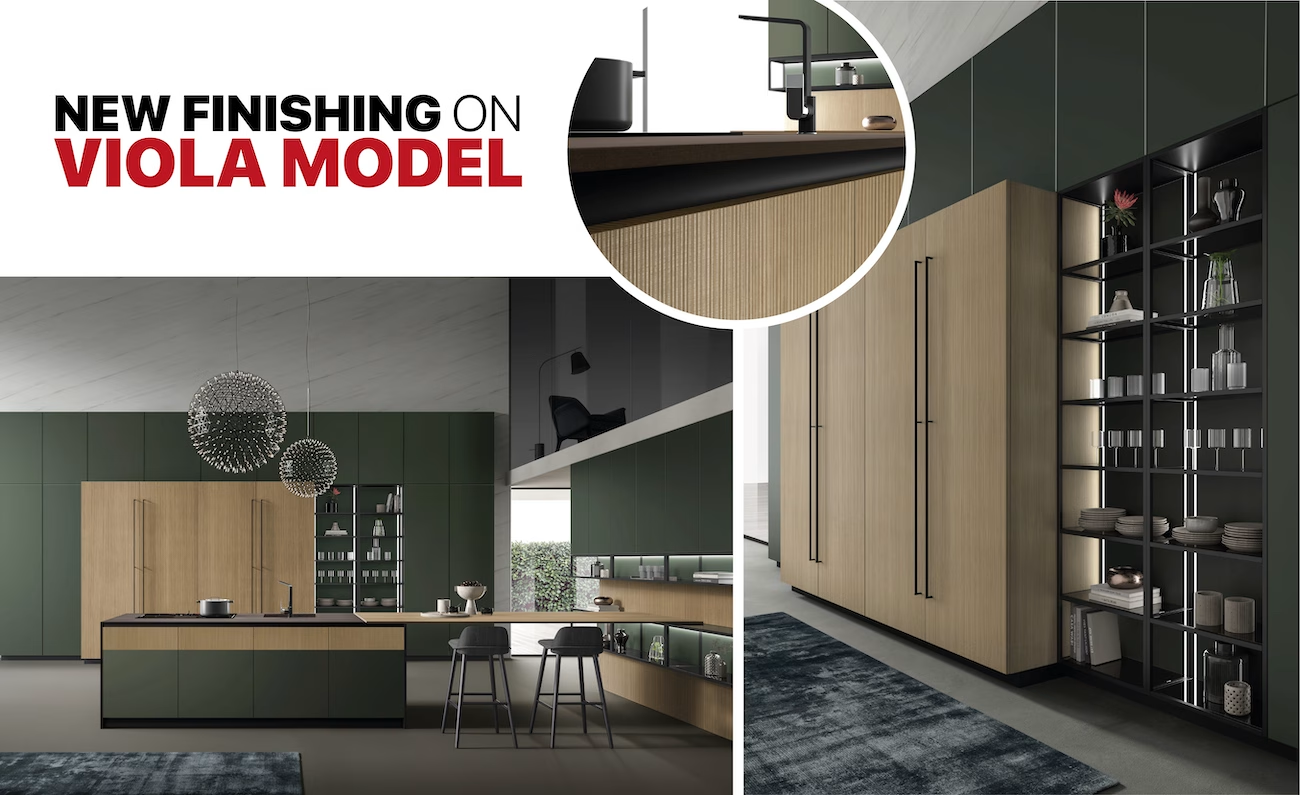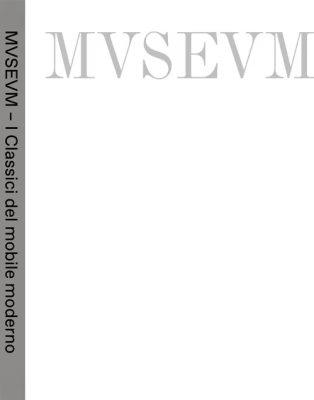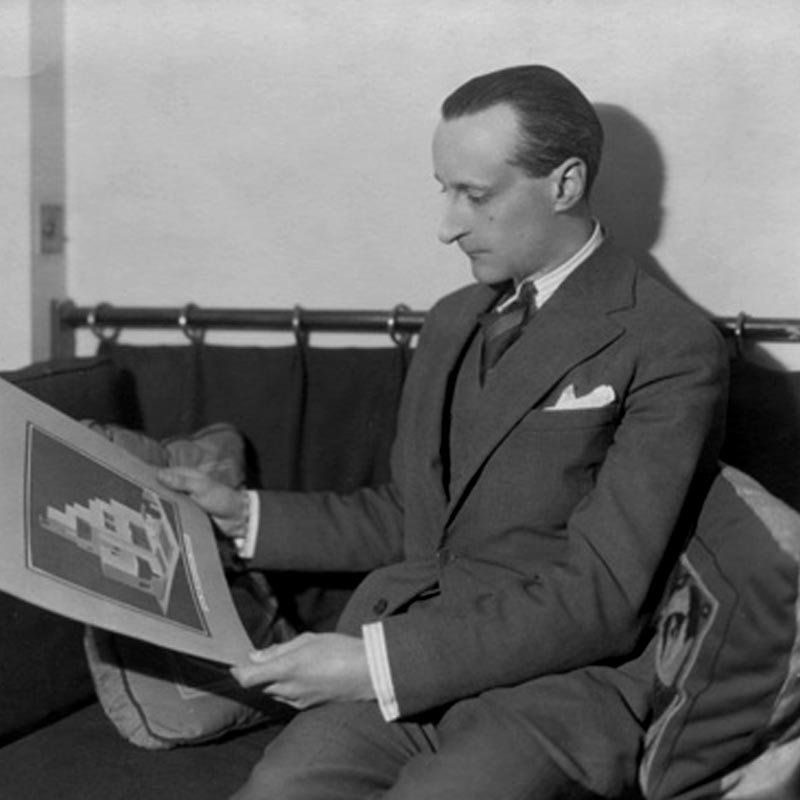MVSEVM is a prestigious selection of true “Modern Furniture Classics” produced entirely with the “100% Made in Italy” label, faithfully and exclusively made according to the original designs of the most iconic architects and designers of the last century, just to name a few: the same ones who were protagonists of the Bauhaus movement such as Mies Van der Rohe and Marcel Breuer, or other internationally renowned and more recent names, always protagonists of the great modern design movements such as Alvar Aalto.
With MVSEVM, our daily life loses the classic concept of style: the objects in our selection are rightfully as if suspended in time, since in each piece shines a creative and design genius that has fused art, craftsmanship and industry to achieve unparalleled formal, functional and aesthetic results.
A heritage of formal research that has overcome influences, fashions and trends, perfect and always magnificent in any furnishing context, whether antique or contemporary.



































